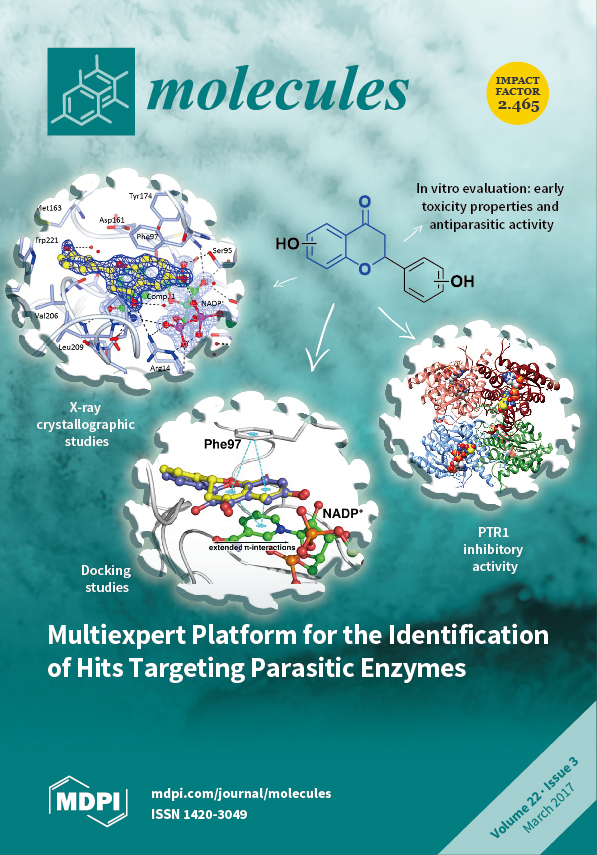1
Division of Neurosurgery, Department of Surgery, Kaohsiung Armed Forces General Hospital, Kaohsiung 802, Taiwan
2
Department of Neurological Surgery, Tri-Service General Hospital, National Defense Medical Center, Taipei 114, Taiwan
3
National Museum of Marine Biology and Aquarium, Pingtung 944, Taiwan
4
Graduate Institute of Natural Products, College of Medicine and Chinese Herbal Medicine Research Team, Healthy Aging Research Center, Chang Gung University, Taoyuan 333, Taiwan
5
Research Center for Chinese Herbal Medicine, Research Center for Food and Cosmetic Safety and Graduate Institute of Health Industry Technology, College of Human Ecology, Chang Gung University of Science and Technology, Taoyuan 333, Taiwan
6
Department of Anesthesiology, Chang Gung Memorial Hospital, Taoyuan 333, Taiwan
7
Doctoral Degree Program in Marine Biotechnology, National Sun Yat-Sen University and Academia Sinica, Kaohsiung 804, Taiwan
8
Department of Obstetrics and Gynecology, Kaohsiung Veterans General Hospital, Kaohsiung 813, Taiwan
9
Department of Obstetrics and Gynecology and Institute of Clinical Medicine, National Yang-Ming University, Taipei 112, Taiwan
10
Department of Biological Science, National Sun Yat-Sen University, Kaohsiung 804, Taiwan
11
Department of Pharmacy and Master Program, College of Pharmacy and Health Care, Tajen University, Pingtung 907, Taiwan
12
Department of Marine Biotechnology and Resources, National Sun Yat-Sen University, Kaohsiung 804, Taiwan
13
Graduate Institute of Natural Products, Kaohsiung Medical University, Kaohsiung 807, Taiwan
14
Research Center for Natural Products and Drug Development, Kaohsiung Medical University, Kaohsiung 807, Taiwan
15
Department of Medical Research, Kaohsiung Medical University Hospital, Kaohsiung 807, Taiwan
16
Graduate Institute of Marine Biology, National Dong Hwa University, Pingtung 944, Taiwan
17
Chinese Medicine Research and Development Center, China Medical University Hospital, Taichung 404, Taiwan
add
Show full affiliation list
remove
Hide full affiliation list
Abstract
Three new polyoxygenated briarane diterpenoids, briarenols C–E (
1–
3), were isolated from the octocoral
Briareum excavatum. The structures of briaranes
1–
3 were elucidated by interpretation of spectroscopic data, and the methylenecyclohexane ring in
1 was found to
[...] Read more.
Three new polyoxygenated briarane diterpenoids, briarenols C–E (
1–
3), were isolated from the octocoral
Briareum excavatum. The structures of briaranes
1–
3 were elucidated by interpretation of spectroscopic data, and the methylenecyclohexane ring in
1 was found to exist in a twisted boat conformation. Briarenol D (
2) displayed an inhibitory effect on the release of elastase by human neutrophils with an IC
50 value of 4.65 μM. Briarenol E (
3) was found to inhibit the protein expression of pro-inflammatory inducible nitric oxide synthase (iNOS) in a murine macrophage-like cell line, RAW 264.7, stimulated with lipopolysaccharides (LPS).
Full article






